ECB announced to raise the three key interest rates by 50bps today. The main refinancing operations and the interest rates on the marginal lending facility and the deposit facility will be increased to 0.50%, 0.75% and 0.00% respectively, with effect from 27 July 2022.
The “larger first step” in policy normalization was based on the “updated assessment of inflation risks and the reinforced support provided by the TPI for the effective transmission of monetary policy.” The “frontloading” of exit from negative deposit rate ” allows the Governing Council to make a transition to a meeting-by-meeting approach to interest rate decisions.” Future policy path will continue to be “data-dependent”.
Also, the Governing Council approved the Transmission Protection Instrument (TPI), to “ensure that the monetary policy stance is transmitted smoothly across all euro area countries”.




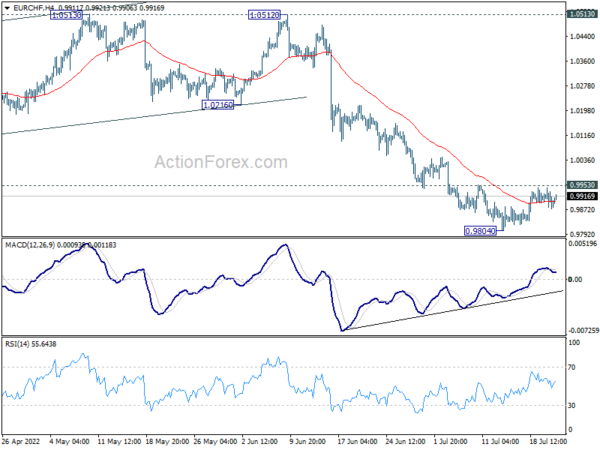
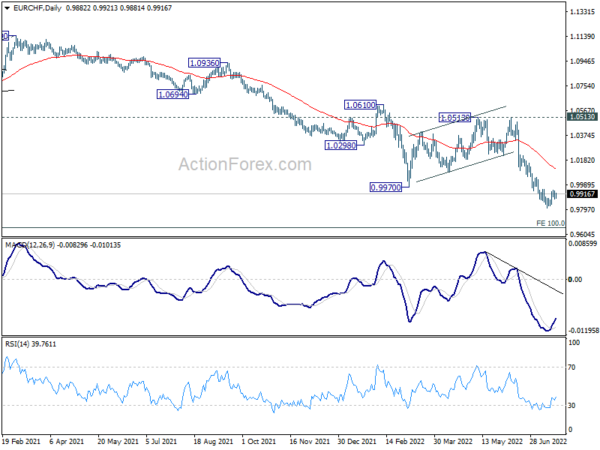
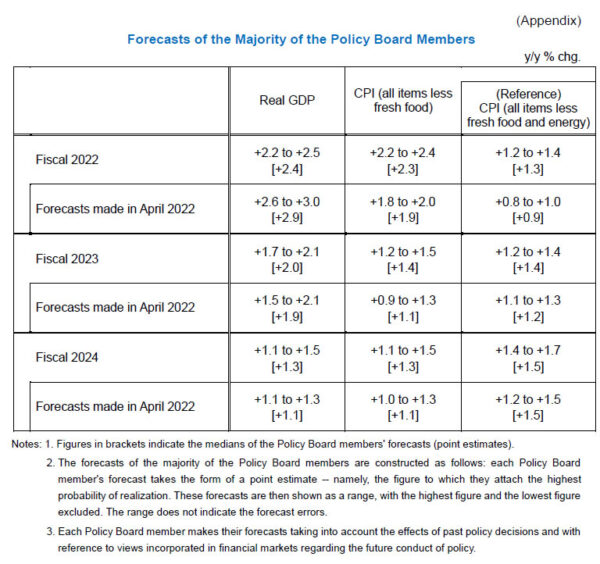

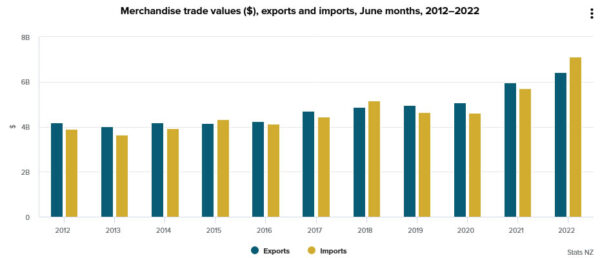
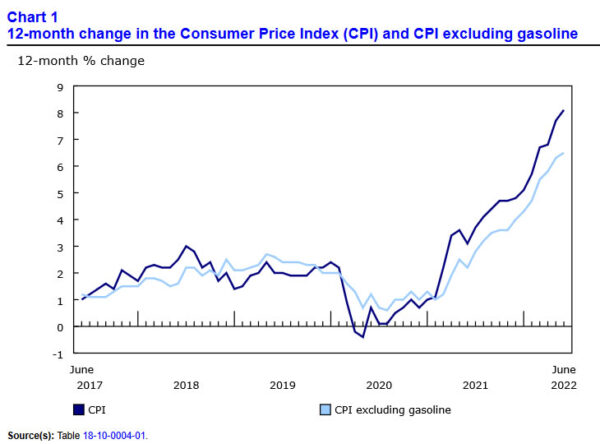
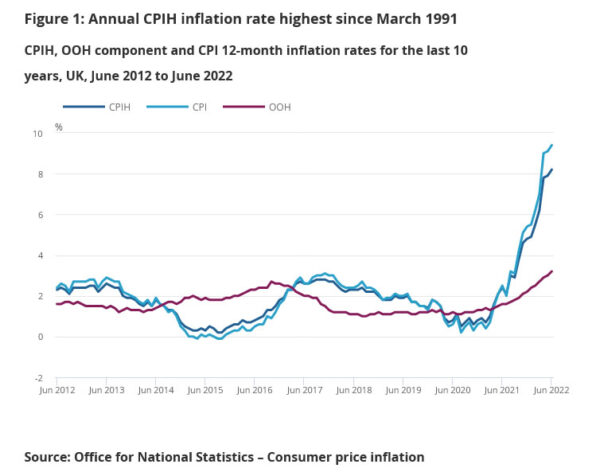
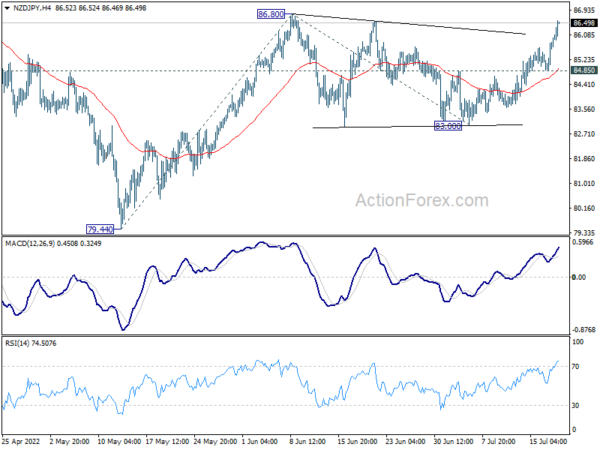
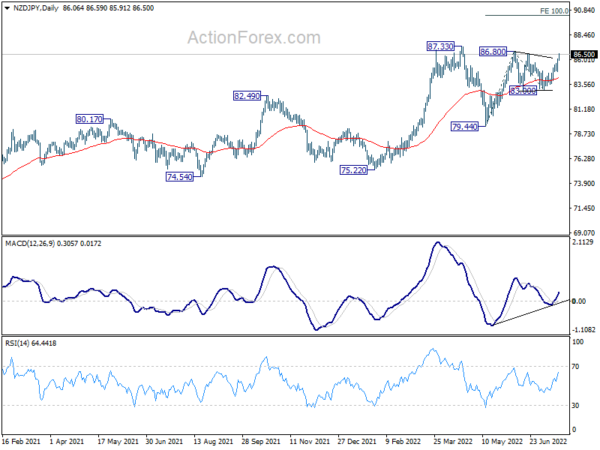
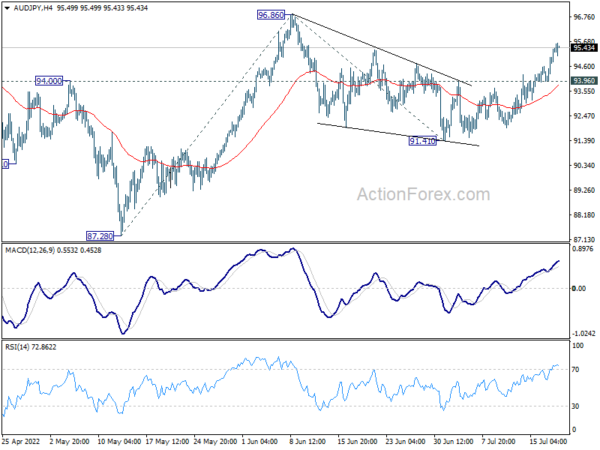
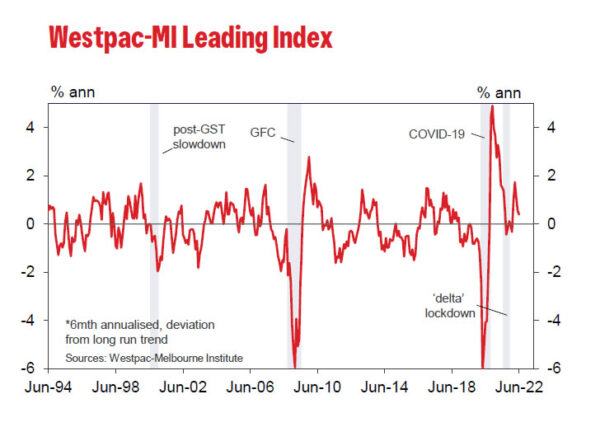

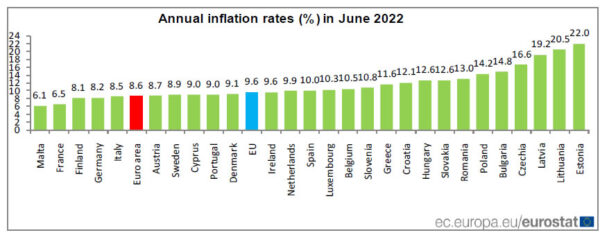
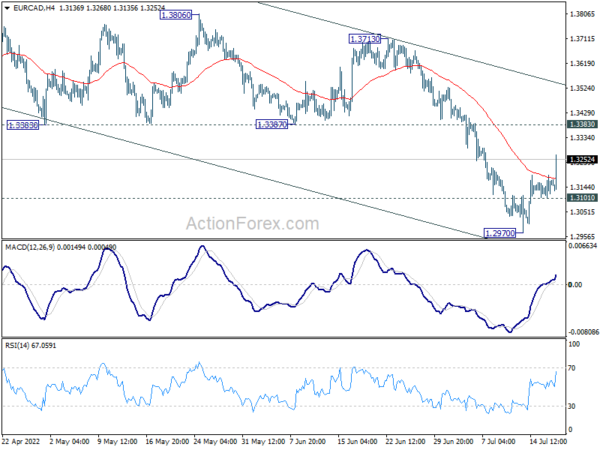
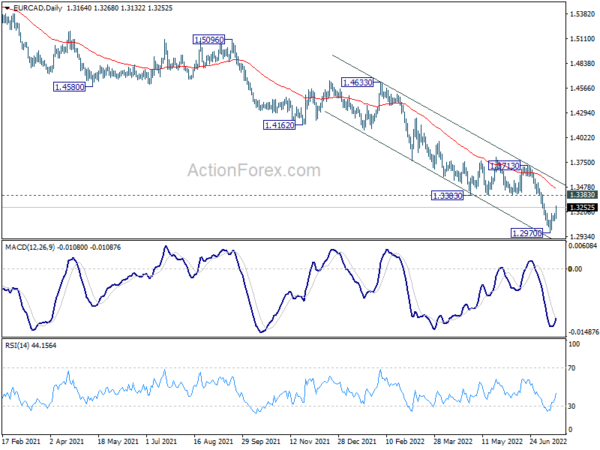
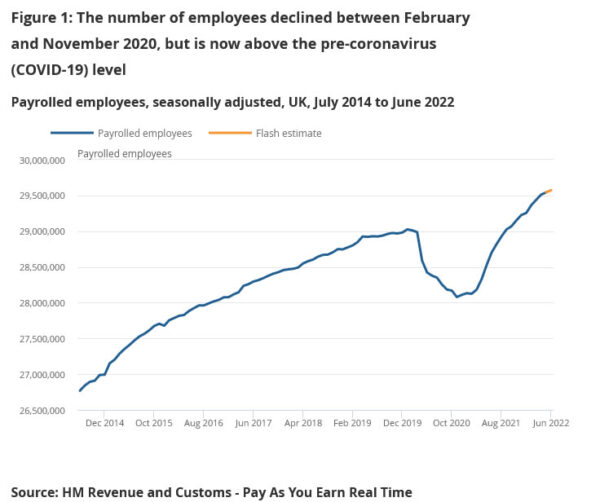
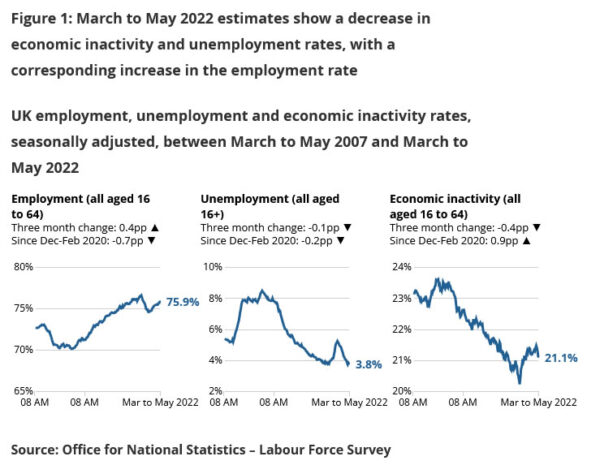
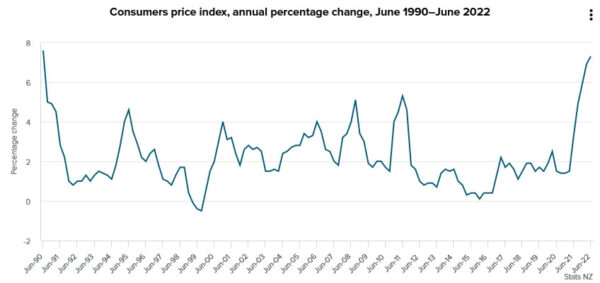
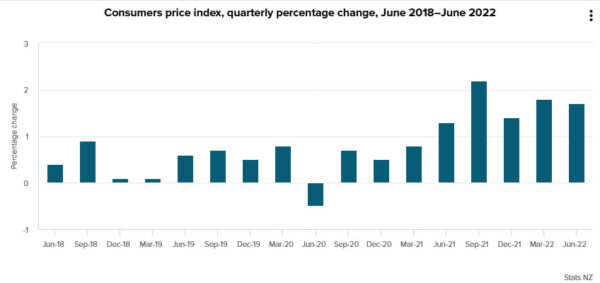

US initial jobless claims rose to 251k, continuing claims rose to 1.384m
US initial jobless claims rose 7k to 251k in the week ending July 16, above expectation of 240k. Four-week moving average of initial claims rose 4.5k to 240.5k.
Continuing claims rose 51k to 1384k in the week ending July 9. Four-week moving average of continuing claims rose 13k to 1353k.
Full release here.